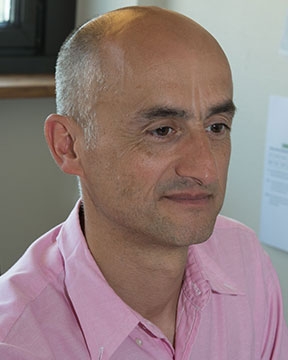



















 |
Vincent MAISONNEUVEInstitut des Molecules et Materiaux du Mans (IMM, UMR CNRS 6283)New Iron-based Fluorides As Positive Electrode For Lithium Secondary Batteries Tressaud International Symposium on Solid State Chemistry for Applications and Sustainable Development Back to Plenary Lectures » |
Abstract:Fluoride materials attract much interest as cathode materials for secondary batteries because of the high electronegativity of the fluorine atom, affording higher potentials than oxide analogues.[1] In this context, iron trifluoride FeF3 has been intensively used due to its straightforward elaboration in relatively mild synthesis conditions; iron is considered as environmentally friendly. In the case of an intercalation mechanism, the theoretical capacity for FeF3 (1Li+ per Fe) reaches 237 mAh.g-1, a value higher than that obtained for the LiFePO4 commercial material (170 mAh.g-1). With the conversion reaction, this capacity can even reach 712 mAh.g-1, implying a reduction of the trivalent iron. Despite good electrochemical performances in capacity and redox potential, the high ionicity of M-F bonds induces a large band-gap resulting in poor electronic conductivity. A recent study shows that the dehydration of HTB-FeF2.2(OH)0.8.0.33H2O (Hexagonal Tungsten Bronze) leads to a lacunar oxyfluoride with anionic vacancies, thus having a positive effect on electrochemical performances (cyclability and capacity).[3] [1] C.X. Zu, H. Li, "Thermodynamic analysis on energy densities of batteries". Energy & Environmental Science, 2011, 4(8), 2614. |
|